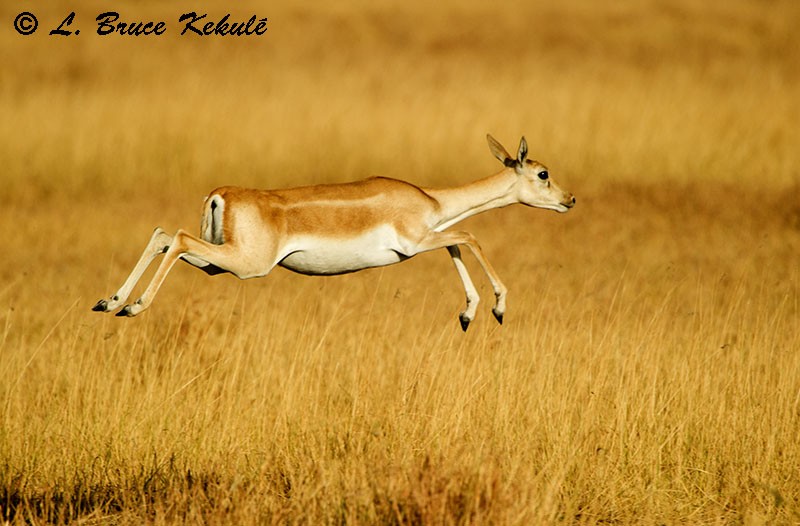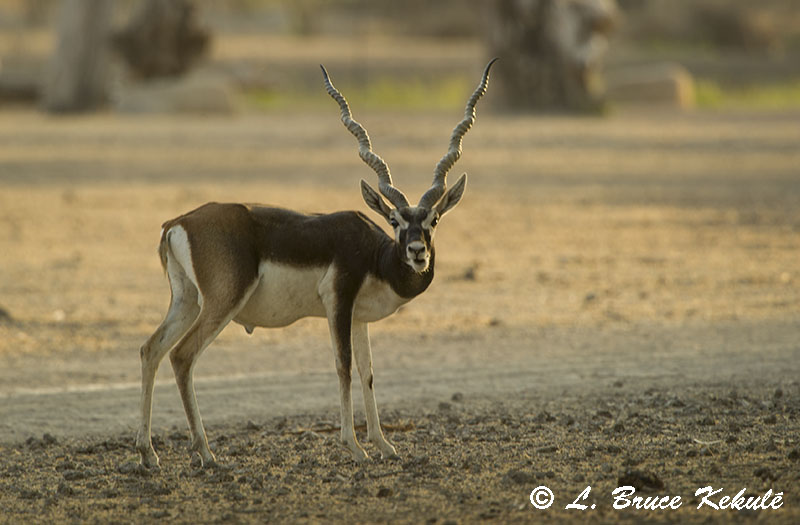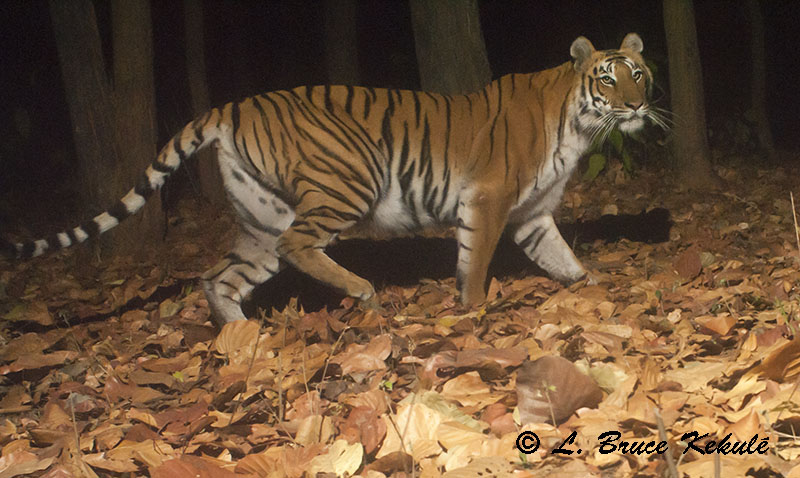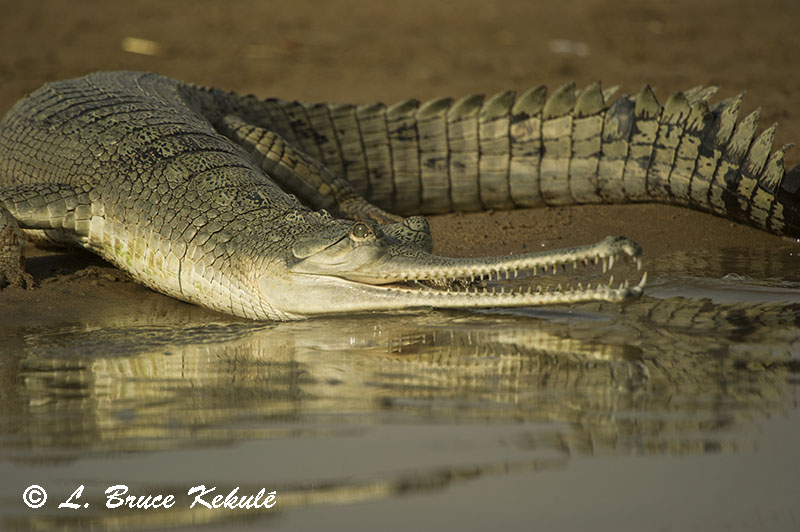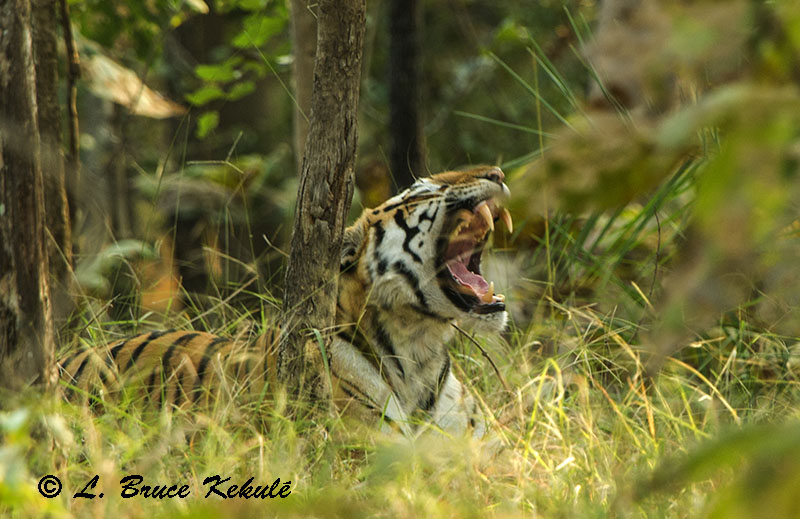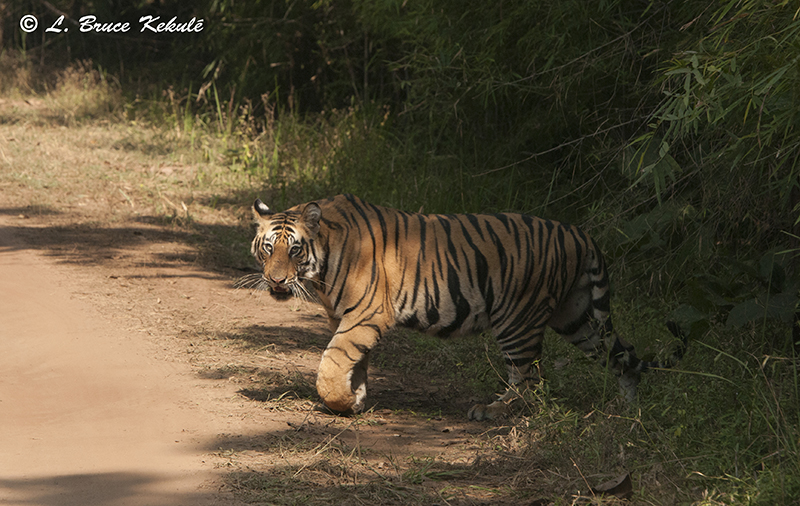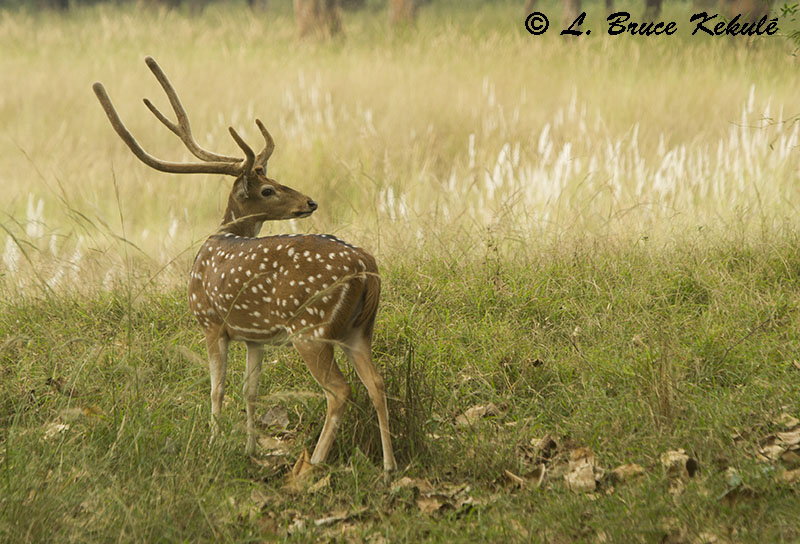Archive for the ‘Photography Abroad’ Category
The Canadian ‘100’ speed sign conspiracy…!
If you ever cross the Canadian border in the State of Montana north of the town named Malta; BEWARE…! I recently was on my ‘bucket list’ travels in North America through this border crossing and was unaware that ‘kilometers per hour’ (kmh) is enforced….I saw the sign above and figured I was still in ‘miles per hour’ (mph)…and thought that the Canadians were crazy to go this fast. I traveled through some twenty small towns at about 80 mph (way over the limit) that are maned by Royal Canadian Mounted Police (RCMP) going pretty fast thinking that I was OK….but on a long curve that was legal to pass with a semi-truck in front and two cars behind, I moved on out to pass and sure as Canada is ‘cold in the winter’, I passed a police car driven by a female officer.
Oh boy, I was in the poop now when her lights came on…I of course stopped immediately and handed her my ‘Texas’ drivers license with the ‘California’ (plate) rental car papers. She said I was going 115 and I thought that was not possible…I’ve never been 115 miles per hour in my life except on a jet plane and the ‘Japanese Bullet Train’. But I remained calm and was nice with ‘yes mam-no mam’ and she let me go….whew…that was a close one…an angel overhead was looking out for me….!!
The morale of this story: watch yourself going into Canada from the U.S….there is a conspiracy to catch American drivers thinking (like me) that they are still driving in ‘miles per hour’ north of the border…the photo of the sign above tells the story….I was lucky and got off with a warning…it could have been a lot worse….!!
Land of the Flying Antelope…!
Beautiful herbivores with spiraled horns endemic to the Indian subcontinent…!
Blackbuck National Park – Velavadar
A young male blackbuck in mid-air over the grasslands at the Blackbuck National Park in Velavadar, Gujarat State, western India…!
A dream ever since I saw my first pictures of an Indian blackbuck antelope was to photograph these magnificent creatures one day. It has taken me 20 years since I saw them in a book titled ‘Wild India’ by English photographer Gerald Cubitt published in 1985. This was actually my first book on wildlife photography where I got an inspiration to become a wildlife photographer.
A mature male blackbuck seeking a female in heat early the first morning of my safari…!
I have seen many photographs of blackbuck since then in many other books on India, and on Facebook. I decided that a trip to the blackbuck sanctuary in Gujarat, western India this time around would be part of my month-long safari through March and April, 2016.
A female blackbuck in mid-air on the second morning while on safari in Velavadar…!
I left Delhi by plane and arrived in the city Ahmedabad for an overnight stay at a nice hotel in the city. The next morning after breakfast, my taxi from the night before picked me up and we headed out.
Female blackbuck antelopes in the air after crossing the road in front of our jeep…!
The drive took about 4 hours to the Blackbuck National Park in Velavadar, and I saw the herbivores crossing the road as we entered the national park. I knew then that I was in the right place.
Blackbuck males and females in the grasslands…this herd was several hundred strong…!
The hotel named ‘The Blackbuck Lodge’ is a great place to stay and I must congratulate Mr. Mickey Desai for his 6-star hotel in the middle of nowhere. He has made many trips to Africa and other places around the world, and brought those ideas incorporating them into his place. It was truly a comfortable stay and I rested up for the next morning’s safari into the park at 6am.
A male photographed by the ‘Blackbuck Lodge’ in the late afternoon on my last day…!
As we entered the gate the following morning, we immediately bumped into a large herd of blackbuck and I started shooting. I was looking for a particular shot but it didn’t happen the first day. I wanted these nimble herbivores in mid-air having seen many photographs on Facebook. My guide Mr. Siddharth Jhadav had been there for sometime and he told me the conditions had to be right. We also bumped into several animals like nilgai, striped hyena and Indian fox.
A Nilgai also known as ‘blue bull’ in the Blackbuck National Park…!
The next day, as we were motoring along, a large herd of a several hundred or more blackbuck on our left began to move across the road. Then the females began to jump and the rest of the herd followed. The older darker males however were lazy and only ran across. It was fun trying to catch them in mid-air and my dream to photograph this beautiful and amazing antelope has come true…!
Eight tigers in two-weeks…!
A month long safari to the Indian sub-continent
Collarwali, the ‘Queen of Pench’ passing in front of my jeep; she has had 22 cubs and 6 litters and is one of my favorite tigers in India…!
India is a spectacular wildlife paradise showcasing the magnificent Bengal tiger. There is about two thousand thriving on the sub-continent and it’s the largest population remaining on the planet. These big cats still thrive very well in many protected areas and even outside some parks and sanctuaries, and at times are quite easy to see. However, they can also be very elusive and it really depends on one’s luck.
I arrived in New Delhi on March 20th at noon from Bangkok, Thailand, which takes about three and half hours flying time. Air India is a great airline and allows 40 kilograms of check-in baggage on business class which I needed as I had two DSLR camera traps, two sensors and four flashes, plus other assorted photographic equipment like my tripod, boots and clothes, etc. My two bags were very close to that limit and I hate paying overweight…!
I stayed in Delhi for one night and then caught the train the next afternoon going north to Ramganga city arriving in the evening and staying at the Tiger Camp Lodge on the way to Corbett Tiger Reserve and National Park. I slept well after the four-hour train-ride that is hectic going through Old Delhi train station fighting thousands of people to get on board. It is a madhouse…!
VANGHAT WILDLIFE RESERVE
The Vanghat female tiger camera trapped with a Nikon D3000 trail cam…!
The next morning, my first stop was Vanghat Wildlife Reserve and Lodge (private land) situated on the Ramganga River which is reported to have tiger, leopard, crocodile and other creatures common to the Corbett Landscape in the lower-Himalayan Mountains. The owner, Mr. Sumanthn Ghosh is an avid nature lover and was eager to see what was roaming his forest and hills. Little did he or I know that a female tiger was around and tripped my Nikon D3000 camera trap on the night of March 28th up on a ridgeline. She turned out to be prime female living in her patch.
CORBETT TIGER RESERVE
‘Parwali’ female tiger in Corbet Tiger Reserve with a spotted deer (chital) fawn…!
The next morning, I went into Corbett National Park to visit the grasslands at Dhikala Lodge run by the government where many tigers roam looking for prey. On the second morning, we bumped into a female that was hunting across the Ramganga River. Timing was perfect and she stepped on to the road with a spotted deer fawn in her mouth. It certainly was a once-in-a lifetime shot for me and I was pleased to say the least. Over the next few days, I saw her a few more times here and there. At that moment, Parwali (her name) is the most photographed tiger in Corbett and I feel lucky to have captured her with prey; behavior is tough with tigers..!
PANNA TIGER RESERVE
Panna’s larger female cub of T-1 on my first afternoon safari…!
From Corbett, it was back to Delhi on the train followed by anther train ride going further south but this time it was an overnighter. At my age, sleeping on a train is almost impossible and it was a long night. The next morning, we arrived at Khajuraho station and a driver was there to pick me up and drive to the Ken River Lodge owned by Mr. Shyamendra Singh on the Ken River not far from the main gate into Panna Tiger Reserve.
Panna’s smaller cub of T-1 on my last afternoon at a secluded waterhole by the road…!
That afternoon, Mr. Shukra, a very experienced guide and I entered the park at 3pm and in the late afternoon, saw a female cub from T-1 at a waterhole taking a drink. (Panna lost all their tigers in 2008 and she was the first reintroduced tiger). On my last safari, I bumped into T-1’s other smaller cub. Now that was some seriously good luck.
PENCH TIGER RESERVE
Collerwali yawning after a late morning slumber not far from the Pench River…!
Then after a long 8-hour taxi ride, I ended up in Pench Tiger Reserve southwest of Panna, and met up with my good friend Omeer (Omi) Choudhary, a guide, driver and naturalist for the Tuli Tiger Corridor Lodge. Over the next couple of days, he put me in front of Collerwali, the ‘Queen of Pench’ and the most famous tigress with 22-recorded cubs and 6 litters. I also saw two of her latest cubs, a male and female. And then Omi put me in the right place near closing time to catch Mr Big known as ‘Raiyakassa’ as he walked up from a mud bath. It was hot and he was cooling off.
Collarwali’s male cub watching the jeeps with the queen resting behind him…!
Collarwali’s female cub resting on a rock during a late morning safari…!
Raiyakassa, the male tiger and Collarwali’s mate just up from a mud-hole…!
That was it — eight tigers in two weeks. I guess I was lucky but I did pray to ‘Jim Corbett’s spirit plus the spirit of the Banyon Tree; Sitti Mama. She knew what I wanted and provided me with some amazing tiger shots… Overall, a successful trip and one that will be etched in memory for as long as I live…!!
A trip to Chambal River in Agra, India
Gharial crocodiles and the Sarus crane were the main objective…!
This was to be my last safari on this month long trip to India. The site is situated in Agra, east of Delhi where the famous Taj Mahal is located.
A female gharial regulating her body temperature early in the morning by the Chambal River in Agra…!
The Chambal River has some very interesting creatures and the main ones I was after were the gharial (thin-jawed fish eating crocodile) and the Sarus crane (the world’s tallest bird). Time was limited and I was lucky to photographed both species in one day.
Another female gharial and its tell-tale thin jaw for catching fish; they are an amazing crocodilian…!
I stayed at the Chambal Safari Hotel some 70 kilometers past the city of Agra. We left at 5am and arrived at the boat landing where a speed boat was waiting near dawn that was another 22 kilometers from the lodge.
And yet another female gharial before slipping into the Chambal River…! No males were photographed…!
Within no time at all, we bumped into gharial and I got several but they were all female. The males would slip into the river as soon as they spotted us.
A breeding pair of Sarus cranes feeding and dancing on Chambal; these wonderful birds mate for life…!
But I was happy to get some decent photographs and as the sun rose into the sky, it became dreadfully hot and light was very harsh so we returned to the hotel for lunch.
The Sarus crane is the tallest bird in the world and they are thriving very well in India at several locations….!
Other species captured were the mugger crocodile and Indian blue peafowl in full display mode. Many water birds are also found here.
A Indian peafowl male in full display. These birds thrive by the river and are absolutely beautiful…!
Back again at 3:30pm and we motored up the river once again. Shortly thereafter, two Sarus cranes were spotted feeding along a sandy bank. I was delighted and surprised to see how close we got to the tall birds.
A mugger or marsh crocodile basking in the morning sun. This reptile is estimated to be about 3 meters long…!
I will return in mid-March 2017 when the weather is much cooler and the crocs are a lot easier to see when they need to bask for long periods in the sun regulating their body temperature due to the very cold river. All in all, it was a quick but very satisfying trip to the Chambal River. Enjoy…!
Pench Tiger Reserve: A fantastic trip with a close friend…!
An amazing forest in India’s Madhya Pradesh with some truly beautiful tigers…!
Collarwali on her way to the Pench River for an early morning drink…!
Being at the right place and right time always works. I arrived at the Tulie Tiger Corridor Resort close to Pench Tiger Reserve in the late evening of April 2nd and was greeted by my very good friend and naturalist, Omeer (Omi) Choudhary. As it was late and I was totally bushed from a long haul (airline flight from Ahmedabad in Gujarat visiting the Blackbuck-Velavadar National Park, and then a grueling 3-hour taxi ride from Nagpur), it was straight to bed for an early start the next morning.
Collarwali the next morning yawning after a long sleep…!
Up at five and after quick coffee and gate formalities, we entered the park at 6am and drove to the other side of the park (one hour drive) where the famous female tiger ‘Collarwali’ of Pench and her two cubs were being seen. That morning, I got a glimpse of ‘stripes in the grass’ and that was that. In the afternoon, one of her cubs was lying in the dense bush and I was able to get some good shots.
One of Collarwali cubs resting in the afternoon…!
The next morning however as we were sitting in the jeep waiting on some action, ‘Collarwali’ step out in front of us and walked down to the Pench River. It was great to see her again in lovely morning light. She is one of my favorite tigers in India…!
Collarwali’s other cub with mother in the back…!
The next morning and final day of my safari, I paid respects to the ‘Spirit of the Banyan Tree’ with a coconut and some joss sticks at the gate. After a 40-minute drive (short-cut), we found ‘Collarwali’ sleeping with a cub on a big rock and I got both of them together but at distance.
Raiyakassa, the dominant male tiger walking past the jeep all muddied up from a snooze in the big pond…!
In the afternoon very near closing time, we bumped into a leopard (rare for Pench) and I got a few shots. Then, as we were motoring back to the lodge just before the deadline of 6:30pm, we bumped into the dominant male (Collarwali’s mate Raiyakassa) walking towards us from the big pond. He was half covered in mud but still a magnificent creature and I was able to get a bunch of great images as he walked very close to our jeep. It was that good old ‘right time and right place’ and the ‘Spirit of the Banyan Tree’. What a fitting end to my second trip to Pench and I would like to thank Omi for his wonderful spirit and friendship…I will miss him..!
Raiyakassa caught head on…he is truly a beautiful male tiger and father of many of Collarwali’s cubs (22 cubs-6 litters)…!
As most people know now, Pench recently lost the Baghin Nala female and two of her cubs to poisoning on March 28th. This is very unfortunate for the park, Forest Department and people who love to see tigers. Fortunately, the other two cubs were saved and shifted to Kanha as they surely would have died too. It could take sometime for another big cat to fill this void and the danger will still be there of future poisonings.
On a good note, some of the poachers involved in this case have been apprehended and the others are being sought after. This incident plus others (27 tigers killed by poisoning and other circumstances in India since the Jan. 1st) is a growing trend and the ruthless Chinese tiger bone medicine devils are behind this. Somehow it must be stopped now or more tigers will be lost to this mindless draconian practice…!!
Nile crocodiles and a genet in Kenya
In late December of 2012, I did my last safari to Samburu National Park in Northern Kenya. At the lodge I was staying at, big Nile crocodiles would come up at night into the hotel grounds next to the river (closed-off to people of course) and set-up one of my Sony S600 home-brews on the fence. It was more or less a tourist attraction as the staff fed the crocodiles with left-overs. That night, a slew of them came-up out of the river and the old 600 did its job. One frame shows a genet (little carnivore) caught taunting the crocs…it was one on those weird moments in nature where the little guy must have known it could out-run the fat reptiles…..Enjoy…!
The Forests of Madhya Pradesh in India – Part Three
Pench National Park and Tiger Reserve
‘Collarwali’ and jackal…the little dog was faster and got away…she is old and has sired 22 cubs…but she still has class…!
In November, the weather is nice and crisp in the morning, as the winter season has just begun in Central India. When entering the forests in an open jeep, it becomes quite chilly first thing and a few layers of warm clothing are imperative. Then as the safari progresses and the sun climbs into the sky, it becomes warmer and those layers are pealed off. It’s a great time to be in the forests of Madhya Pradesh.
‘Collarwali’ on the run after the jackal…!
My time was up in Kanha, and I moved further southwest to the next great tiger reserve named Pench National Park and Tiger Reserve encompassing some 758 sq. kilometers. The taxi ride takes about three hours but is still stressful as is any two-lane highway in India. But again, I arrived in safety at the ‘Tuli Tiger Corridor’ lodge about 15 minutes from the main gate into the reserve.
‘Collarwali’ checking scent marking…!
That night before dinner, my naturalist Omveer Choudary gave me a run-down on what was going on in Pench. There was a female tiger with four cubs hanging around near the road and that our chances of seeing her was good. Also, the most famous female tiger in Pench named ‘Collarwali’ (a mother of 22 cubs) was also around. She was named because she has worn a collar for many years and the thing doesn’t even work now, but the authorities are worried about darting her with cubs and so have left it on. He said our chances were very good and this was coming from a guy who is a top-notch naturalist and driver for 12 years of experience here in Pench (he’s the boss). I was convinced.
The last time I saw ‘Collarwali’…she’s a magnificent big cat…!
The next morning after a quick cup of coffee and some crackers and cookies (standard breakfast fare while on safari in India), we jumped into the jeep at around 5am but it was not as cold as the other two tiger reserves I had just been to. We were the first in line at the gate, which was a good sign. I walked over to a ‘banyan’ tree close-by and wished for good luck. We entered but as the morning wore on, it looked like it would come-up dry.
My first tiger in Pench: She was the female with 4-cubs and it was a tight scene…!
Then, as we were more or less heading back for lunch, we bumped into a large group of jeeps parked on the road, and ‘Ome’ said, “it’s a tiger”. And there she was; the female with 4-cubs about 50 meters away from the road lying down in foliage and just her head showing. I just got glimpses of the cubs. I put a 1.7X tele-converter on my 200-400mm VRII lens to get a closer look and ripped off a bunch of shots.
Three-fanged tigress in the afternoon. She was the same tiger as in morning…!
That afternoon, we bumped into her again at another location close-by but she was still resting with her right side showing this time. Her left lower-fangs is broken. She eventually woke-up and my D3s did not stop shooting when she showed.
A sub-adult male tiger the 2nd morning…lady luck was talking…!
The next morning, we saw a sub-adult male lying down more than 50 meters away. Pench was becoming a favorite after two tigers in two days. Day three was good for other species like sambar, wild dog and jackal. And on day four at 6am in the morning we took a left turn at a junction several kilometers from the gate and all the other jeeps went straight. Around the corner and there she was: Collarwali standing in the road looking at us. Then she started walking towards us. She had her eyes on a jackal and actually chased after one but it was too quick for her. ‘Ome’ backed-up and she did not stop passing us out near the main road junction.
We followed her but the crowds began to show-up so we bugged-out. I had already got a bunch of nice shots of the most famous tigress there. I have no idea, but I really liked Pench and vowed to return again in 2016; and that is the plan for now. Jeep numbers are controlled and it is not too bad in the park like some of the other tiger reserves where it becomes a madhouse around a tiger.
Many thanks to all the staff at Tuli Tiger Corridor lodge and I would especially like to thank Omveer Choudary, my naturalist for a great time and passing on his wonderful knowledge, and to the Pench Forest Department.
Next and last stop on my journey: Satpura National Park and Tiger Reserve – where a monster croc lives…!
The Forests of Madhya Pradesh in India – Part Two
Kanha National Park and Tiger Reserve
A young female leopard in early morning in Kanha National Park and Tiger Reserve.
The next stop on my 20-day tiger safari through November 2015 to India was Kanha National Park and Tiger Reserve situated several hundred kilometers southwest of Bandhavgarh. I left the King’s Lodge in a nice air-conditioned taxi around noon and arrived at the Kanha Earth Lodge outside the park in the late afternoon. This was to be my home for the next four-nights and it was very pleasant with the bungalows built mainly from natural materials.
Kanha is quite famous for its tigers and other creatures like leopard and sloth bear. Prey species such as gaur and spotted deer (chital) also thrive in great numbers and play an important role as a food source for the big cats. The lush Sal and bamboo forests, grassy meadows and ravines of Kanha provided inspiration to Rudyard Kipling’s famous novel ‘Jungle Book’ and it lives up to its name as one of India’s best tiger reserves. However, it is a bit over-visited at the moment with hundreds of tourists visiting almost daily which has had an effect on the balance of nature.
A mature female tiger named ‘Bandri Chapar’ seen above a waterhole in Kanha National Park and Tiger Reserve.
That night before dinner, I met my naturalist ‘Mr Happy’ as he likes to be called. I mentioned the fact that being happy was the secret to my success as a wildlife photographer and that I wanted to visit the nearest banyan tree on the way into the park. He said he knew where one was just inside the gate and that we could stop the next morning.
That night after a few whiskey sun downers, I slept like a log after the hectic trip along narrow roads and near misses that day. It was early to bed and early to rise at 4am. After a quick coffee, we headed to the front gate and when we got there, were greeted by hundreds of people and scores of jeeps and cantors (buses) wanting to get in. It was a madhouse but I tried to just ignore it and hoped that once we got in, things would thin out which they did. We picked up a forest guide that is required by the forest department and he jumped in the back seat.
Here she is marking her territory spraying urine on a tree next to the waterhole.
About 100-meters from the gate, Mr. Happy stopped at the banyan tree but park regulations do not allow one to get out of the jeep. I just made a silent prayer for good luck and then we motored in. A short time later (about 15 minutes), it was still a bit dark as we traveled deeper and then the guide called out that a leopard had just jumped across the road. Mr. Happy reversed slightly and there stood a young female looking at us from about 10 meters away. I quickly snapped off a few shots and was able to get one good image of the young cat. Her pupils were dilated, as morning light was just filtering in.
Now this was some seriously good luck for Kanha where leopards are extremely difficult to see and photograph. My spirits jumped a thousand percent. Later that morning, we saw a sloth bear but it was out of range and it slipped into the thick forest. Then it went quiet for the next couple of days with hardly any tiger sightings around the whole park. Then on day-three as we were motoring along some man-made ponds, my guide spotted a female tiger named ‘Bandri Chapar’ walking parallel to the road and calling out for a mate with that unmistakable call of a female in heat. “raaaawr, raaaawr, raaaawr”…! We were the only jeep around and we just reversed following her, and I did not stop shooting my camera.
After crossing the road in front of us, ‘Bandri Chapar’ looked at me one more time.
After several hundred meters, she came up close to our jeep and crossed the road in front of us. She then stopped on my left side looking straight at me, and then slipped into the bush as other jeeps began to show up. Again, the spirits from the banyan tree had granted my wish with some seriously good luck as many people had not seen a tiger and it was becoming sad to see so many long faces as hardly anyone had seen the striped predator. I of course was beaming that I had photographed her. It doesn’t get any better than that..!
I also saw barasingha deer (hard ground swamp deer) and got some good shots. The species almost went extinct here but the forest department started a breeding program saving the species just in time. There are over 600 now living in the park. The magnificent bovine species guar, also thrive here and I got some good shots of two large bulls just a mere twenty meters away.
Barasingha stags and doe plus spotted deer at the back in the grasslands.
It was a great five days and I would like to thank all my friends at the Kanha Earth Lodge, Pugdundee Safaris and the Forest Department in Kanha.
Next stop: Pench National Park and Tiger Reserve
The Forests of Madhya Pradesh in India – Part One
A Safari to Four National Parks and Tiger Reserves
‘Ghost of the Darkness’…a leopard crossing the main road in Bandhavgarh on Dewali Day, Nov. 11th, 2015.
The short flight of only three and half hours from Bangkok to New Delhi is just about right for me in this day and age of long distance traveling. I had organized another safari to India from November 8-28th in order to fill my galleries of wildlife photos from there. This was my forth trip to the sub-continent and was on my way to the State of Madhya Pradesh in the central region. Four different protected areas or tiger reserves as they are called there were chosen for this jaunt.
The first afternoon was spent in Delhi to stock up on some snacks like raisins, nuts and dark chocolate, and to work on getting my kit together for the up-coming trips into the forest. I took my Nikon D3s and a Nikon 200-400 VRII prime lens plus a D300s with a 70-200 VRII as my second along with several other short lenses and equipment which included a Nikon D3000 camera trap and external flashes and sensor. It was early to bed for the next morning’s 2-hour flight to Jabalpur further south. Then it was a 3-hour taxi ride east to my first location on a 20-day trip. The King’s Lodge in Bandhavgarh would be my home for the next four days.
Sub-adult male from a tiger named Shukhi Patiya coming out of hiding.
Bandhavgarh National Park and Tiger Reserve is quite famous have been covered by National Geographic years ago when Michael “Nick” Nichols photographed tigers in the park. He also used camera traps and got some amazing images of the big cats over a year that were published in the magazine. BBC has also done several documentaries on tigers here. It is well visited by foreign and local tourists wanting to see these amazing carnivores up-close. However, they are not that easy to spot anymore in the dense forest found here and lot’s of luck is needed too.
There are three zones (1-2-3) that are allocated when the on-line bookings are made. My first three days in Zone One with morning and afternoon safaris turned up empty handed. The festival of Dewali (Festival of Light) was going on and the park was closed on the 11th Nov so I opted for a safari in the ‘buffer zone’ but again flipped out. On our way back to the lodge however, a leopard jumped in front of the jeep and I managed one abstract shot of the fast cat crossing the road. Luck was about to change for the better.
A tigress named ‘Dottie’ on the road in the afternoon and she was my second tiger that day.
The next morning, I was slated to go into Zone Two. This was my last day and I began to have my doubts that I would get a tiger, as sightings were very low. That morning while touring in the jeep, we met an Indian family and I stated that things had not been too good. The lady in the other jeep said my luck was about to change as I was under a Banyan Tree (Strangler Fig). We carried on for about 100 meters or so and turned a corner and, came face to face with another set of jeeps waiting on something about 50 meters away. It was a sub-adult male tiger hiding in the bush along side the road. He then stepped out of the forest and slowly crossed the road. My camera did not stop until he re-entered on the opposite side. Now, that is some serious luck in such a short time.
I could not believe what I had just seen and then remembered the ‘banyan tree’ and what the lady had said: buy a coconut, joss sticks and pray at a little shrine by the side of the road named ‘Ti Mama’. After lunch, we went into the market and got both items but as the gate was about to open, rushed back to Zone Two. About a half-hour in, we bumped into a mature female tiger named ‘Dottie’ standing in the road.
A chitlal or spotted deer buck: They are the main prey species for tiger in the park.
We were the only ones there and I did not stop shooting until she stepped into the forest on the other side. We went around the corner and we could just make her out as she laid down for a rest. Then the jeep hordes showed up and it turned into madness, as everyone wanted to see the tiger. The female finally got up and left, and that was that. Two tigers in one day! I would say my luck had changed and I felt really great at connecting with Mother Nature. We stopped by the little shrine on the way back to the lodge, and I thanked the spirits for some really great luck.
I would like to thank all my friends at the King’s Lodge, Pugdundee Safaris and the Forest Department in Bandhavgarh.
To be continued: Next is Kanha National Park and Tiger Reserve..!





